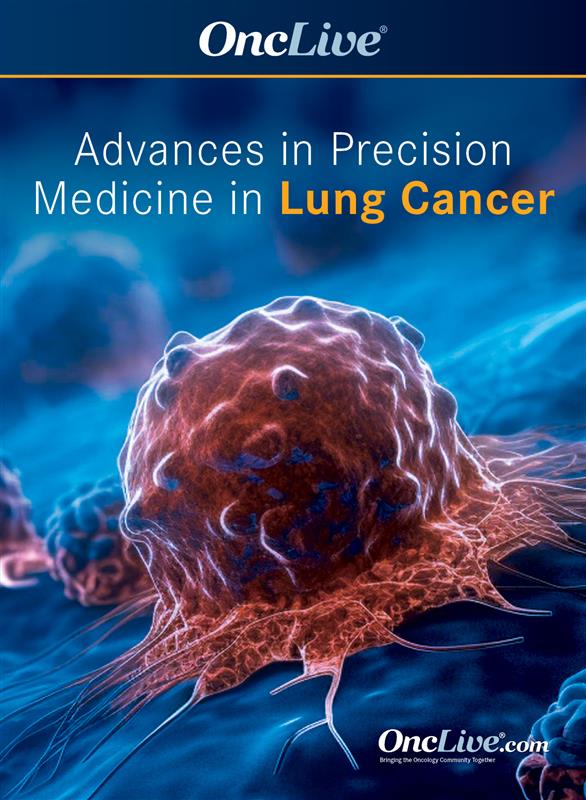Commentary
Video
Supplements and Featured Publications
Dr Wakelee on the Implications of the TRUST-II Trial of Taletrectinib in ROS1+ NSCLC
Author(s):
Heather Wakelee, MD, FASCO, discusses the significance of early data on the use of taletrectinib in patients with ROS1-positive non–small cell lung cancer from the phase 2 TRUST-II trial.
Heather Wakelee, MD, FASCO, professor, medicine, chief, Division of Oncology, Stanford University School of Medicine, deputy director, division chief, Medical Oncology, Stanford Cancer Institute, president, International Association for the Study of Lung Cancer, discusses the significance of early data on the use of taletrectinib (AB-106) in patients with ROS1-positive non–small cell lung cancer (NSCLC) from the phase 2 TRUST-II trial (NCT04919811).
Increased understanding of driver mutations in NSCLC has prompted ongoing efforts to refine the efficacy of existing treatments and expand the current armamentarium, Wakelee begins. Although ROS1 mutations are considered rare, patients with disease harboring this alteration tend to experience good prognosis, Wakelee says. Accordingly, the development of novel therapies targeting ROS1 mutations is of significance interest, despite the availability of established ROS1–targeted agents, such as entrectinib (Rozlytrek) and crizotinib (Xalkori), she explains.
Interim findings from the international TRUST-II trial were presented at the 2023 ESMO Congress. Although caution should be exercised when interpreting the trial’s findings because of its limited patient population, initial results underscore the agent's high and durable clinical activity, Wakelee reports. Taletrectinib elicited a confirmed overall response rate (cORR) of 92.0% in evaluable patients who were TKI naive (n = 25). Additionally, the agent produced a cORR of 57.1% in patients who had been previously treated with a ROS1 TKI (n = 21). Encouraging intracranial responses were also observed in the TKI-naive population (80.0%; 95% CI, 28.4%-99.5%) and in the TKI-pretreated population (62.5%; 95% CI, 24.5%-91.5%).
Taletrectinib is associated with abnormal liver function test results, although these lab abnormalities may not necessarily manifest as toxicities experienced by patients, Wakelee details. Continued investigation of taletrectinib in an expanded patient population will further elucidate the antitumor activity, duration of response, and overall tolerability achieved with the agent, she says.
Ultimately, the continued investigation of taletrectinib in patients with ROS1-mutated NSCLC represents the importance of ongoing research efforts to target ROS1, ALK, and various other driver mutations, Wakelee states. The exploration of such novel agents holds promise for advancing personalized medicine within NSCLC, Wakelee concludes.










